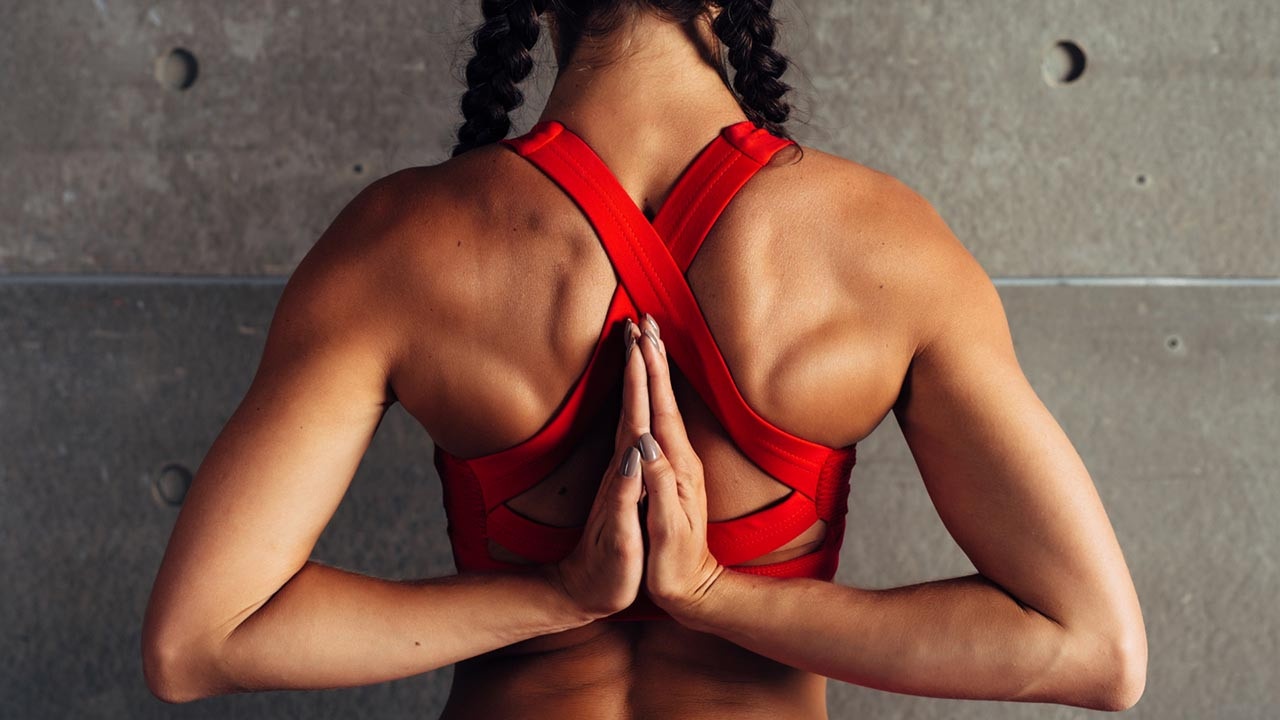
Your spinal health: part one
Your spine keeps you standing, sitting, walking, dancing and all other every day activities—but what happens to it as we age? What are the conditions and disease that affect the spine? Is it inevitable that we will all end up hunched over when we’re older or are there things that can be done to keep our spines and backs strong and healthy?
Our spine as we age
If we don’t work to keep our spine strong as we age, we end up developing conditions and diseases that impact everything from our appearance and mobility to our overall quality of life.
Fairly well known conditions that can develop as we age are:
Osteoporosis: leads to softer bone and the vertebrae can be reshaped over time. Osteoporosis is more common in women, but it does affect men too. Over 80% of fractures over the age of 50 are caused by osteoporosis.
Scoliosis: As you get older your vertebrae grow and get stronger – but in some people, the vertebrae don’t always grow straight. In people with scoliosis, vertebra grow with a curve sideways. Onset of scoliosis is usually between ages 8 and 12, and is typically more frequent in females.
Disc herniation: Another injury that is quite common to the spine as we age is what people commonly call a “slipped disc.” The inside of a disc can herniate (or bulge) out through its hard covering but, a disc can’t actually slip anywhere.
Poor posture: The most obvious component of how your back functions and ages is posture. Posture truly affects how you feel about yourself; it can affect your strength and it affects your energy. Each person has a different combination of fitness, genetics, past injuries, occupation, and all of these add up to a unique posture.
It’s important to note that when we talk about posture, we aren’t simply talking about slouching. Poor posture is also exhibited in a rotation of the shoulders forward which is a classic sign in people that sit at work, spend a lot of time driving, students who hunch over textbooks, etc.

